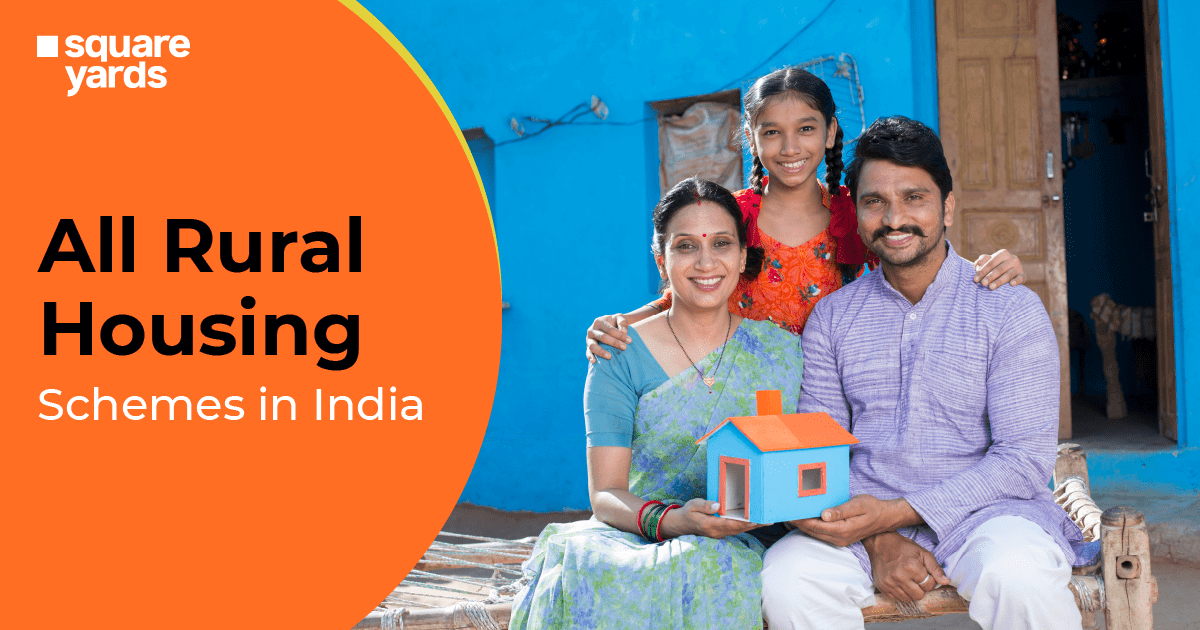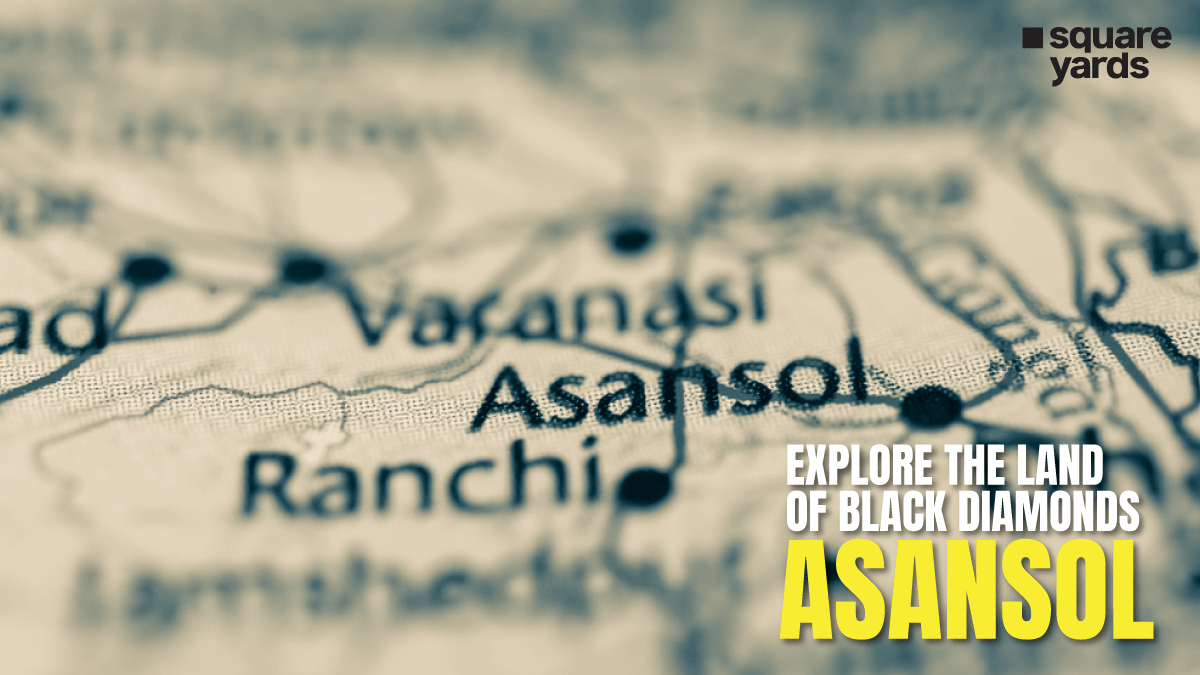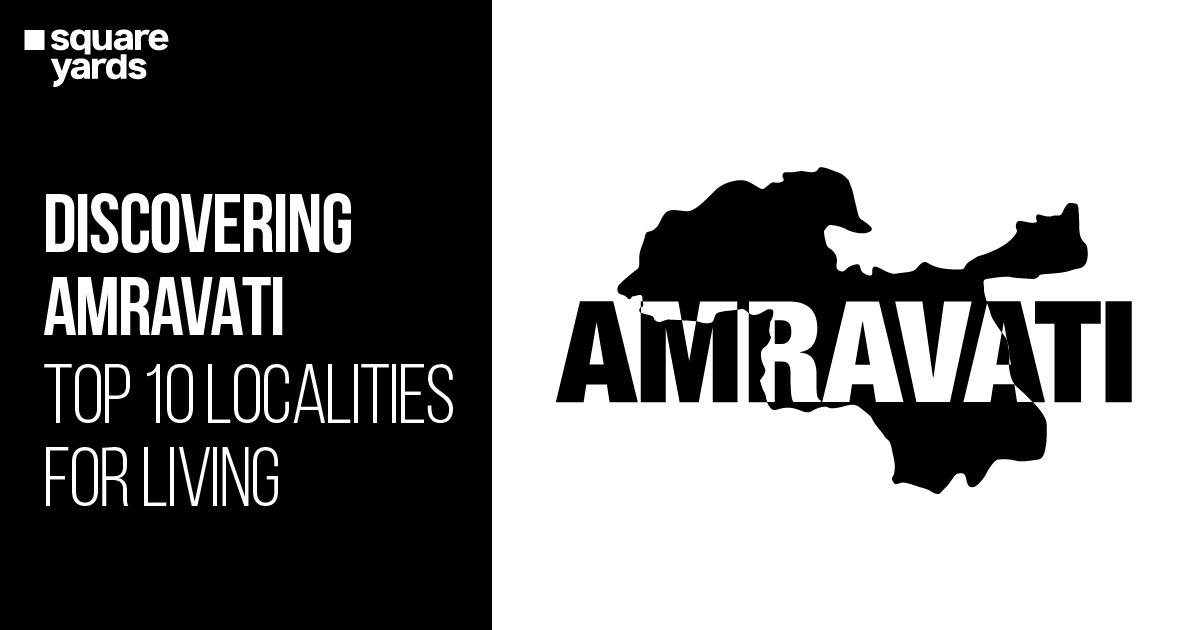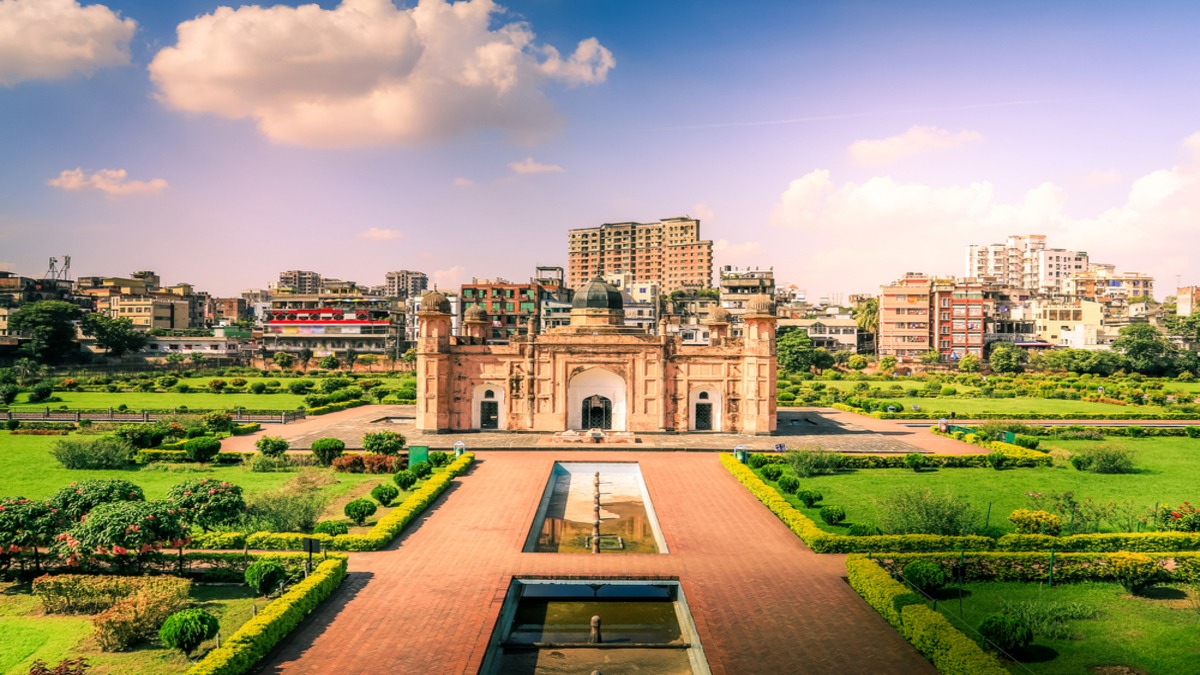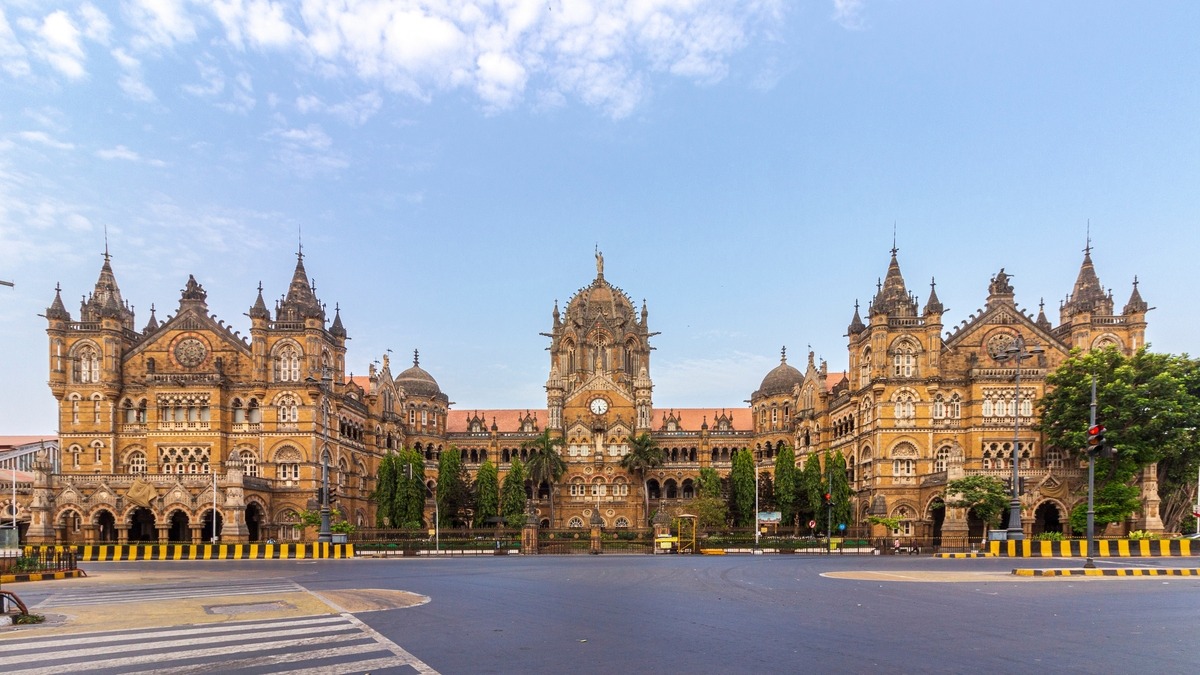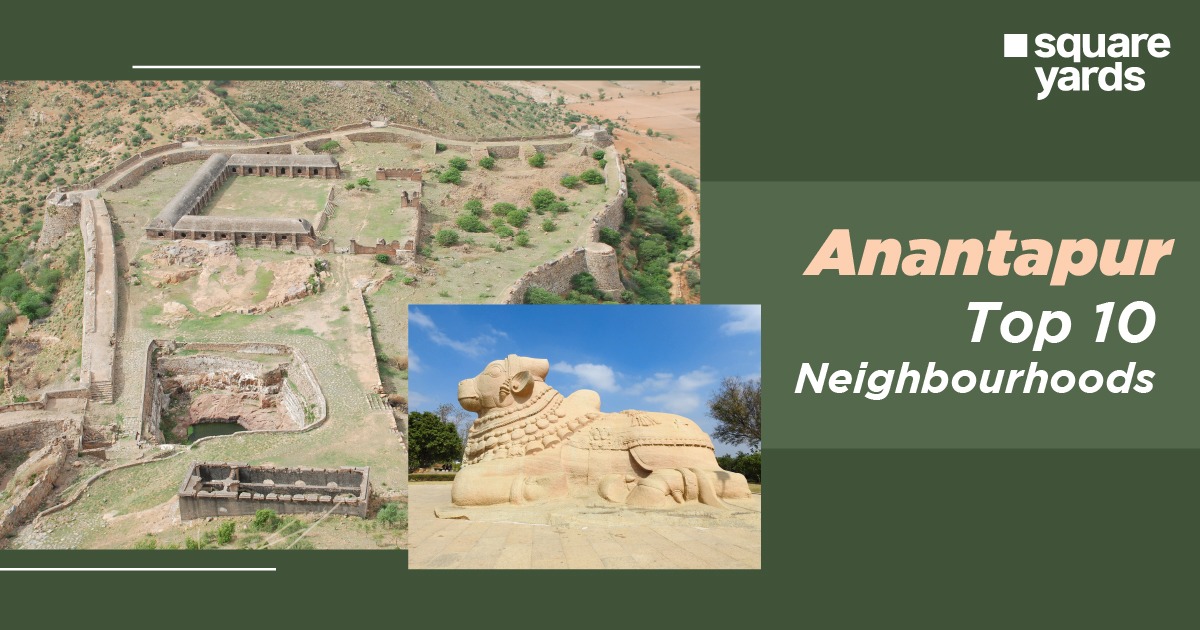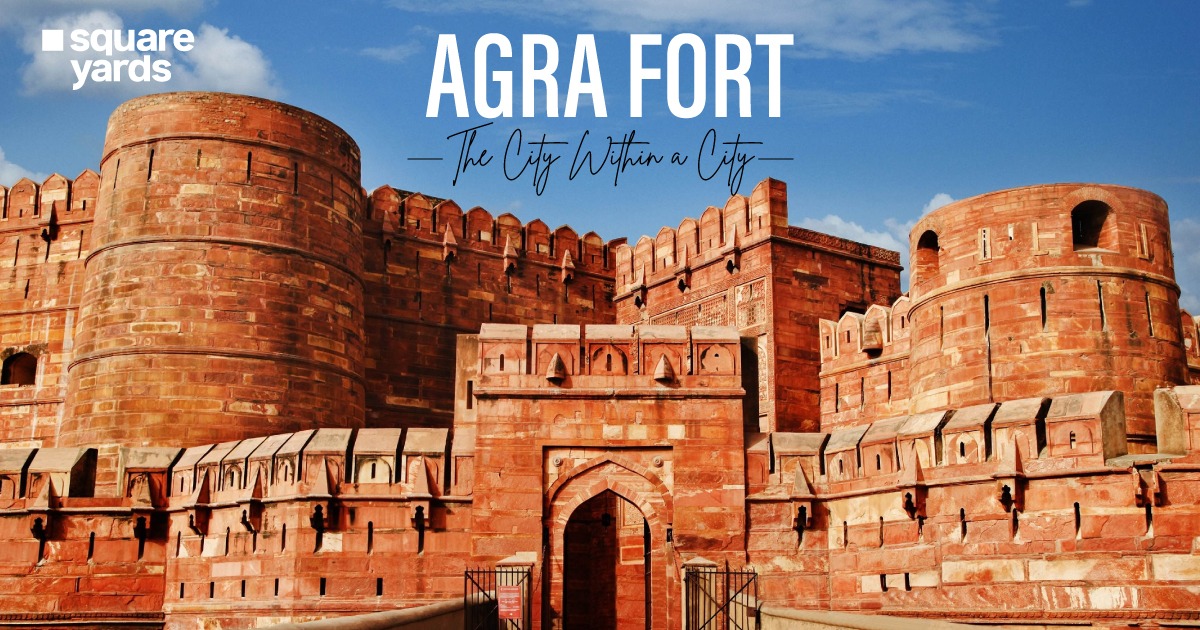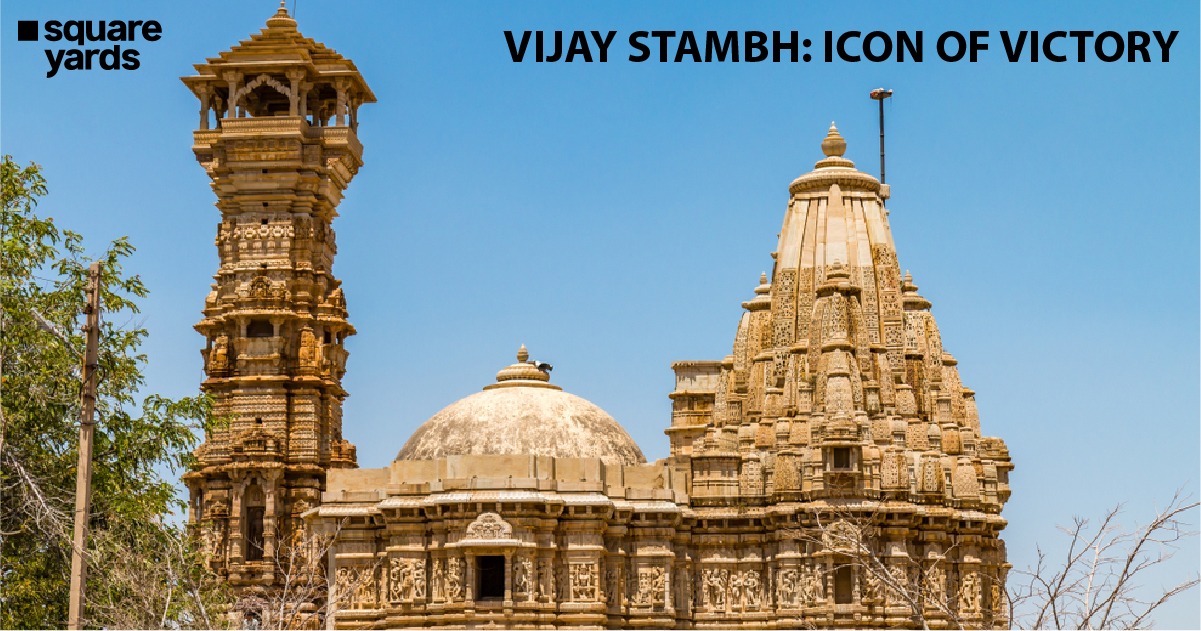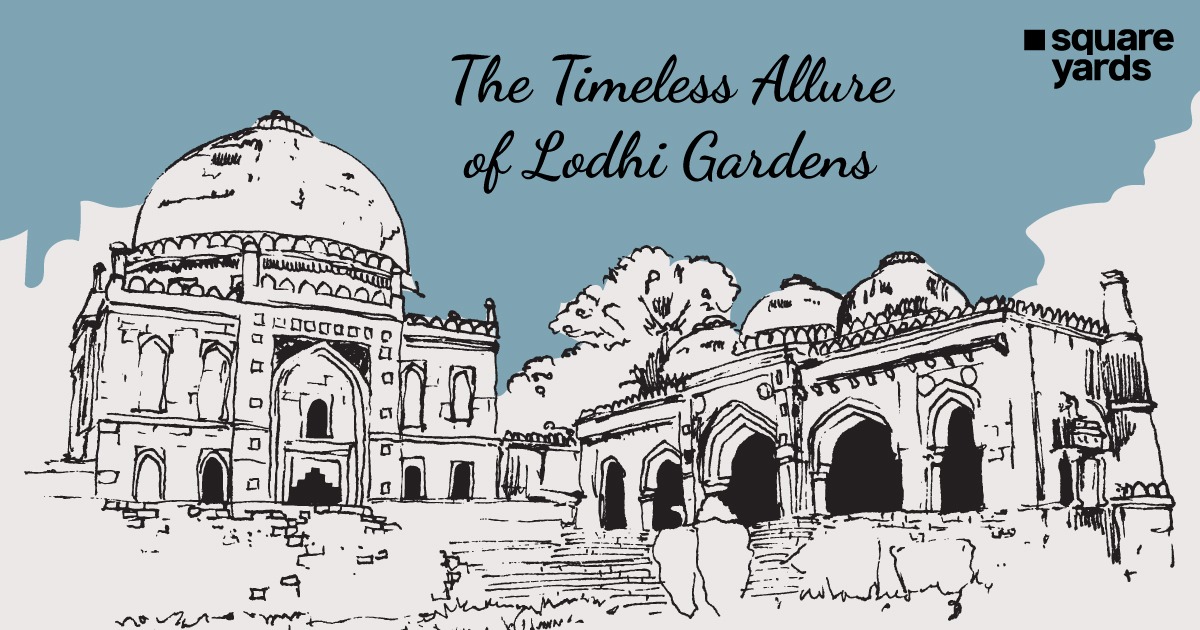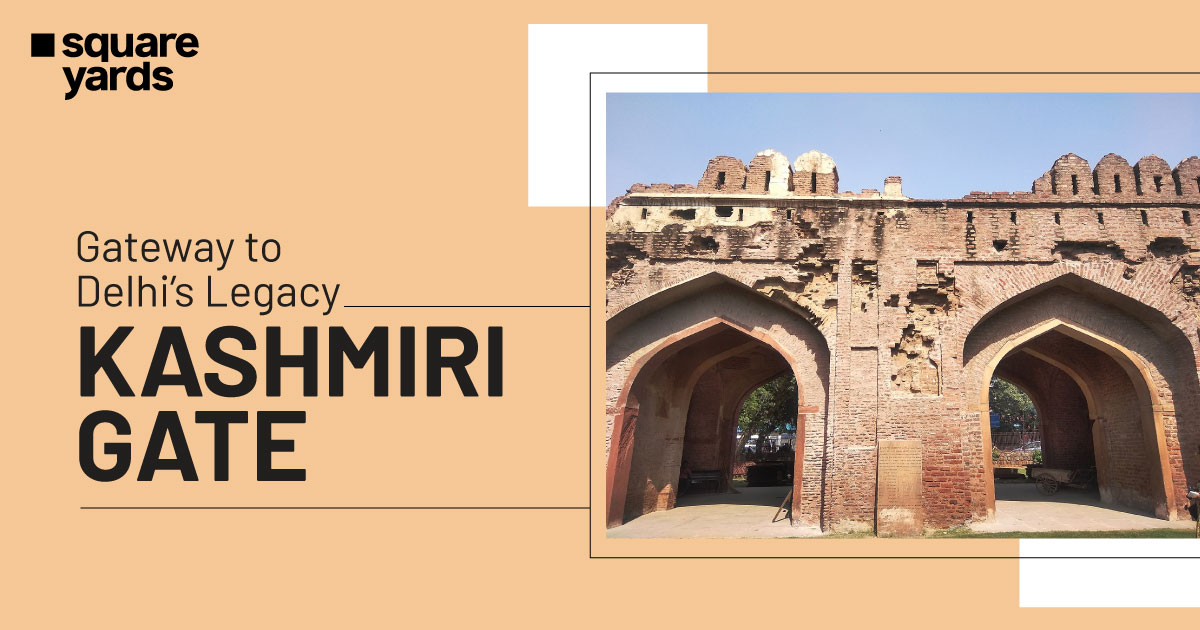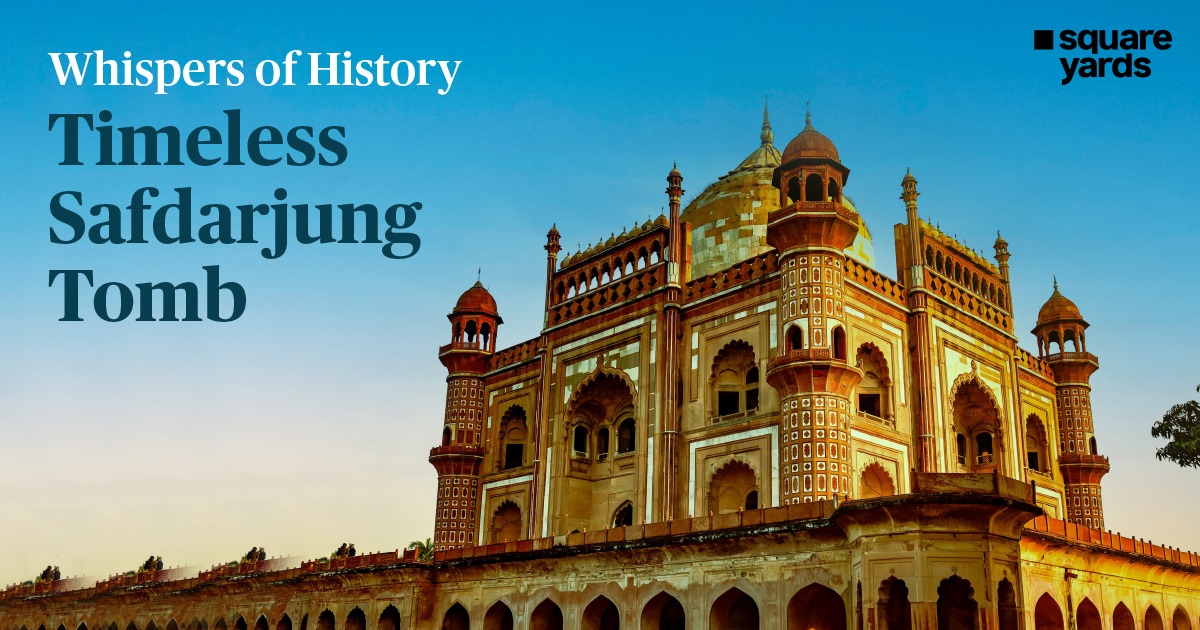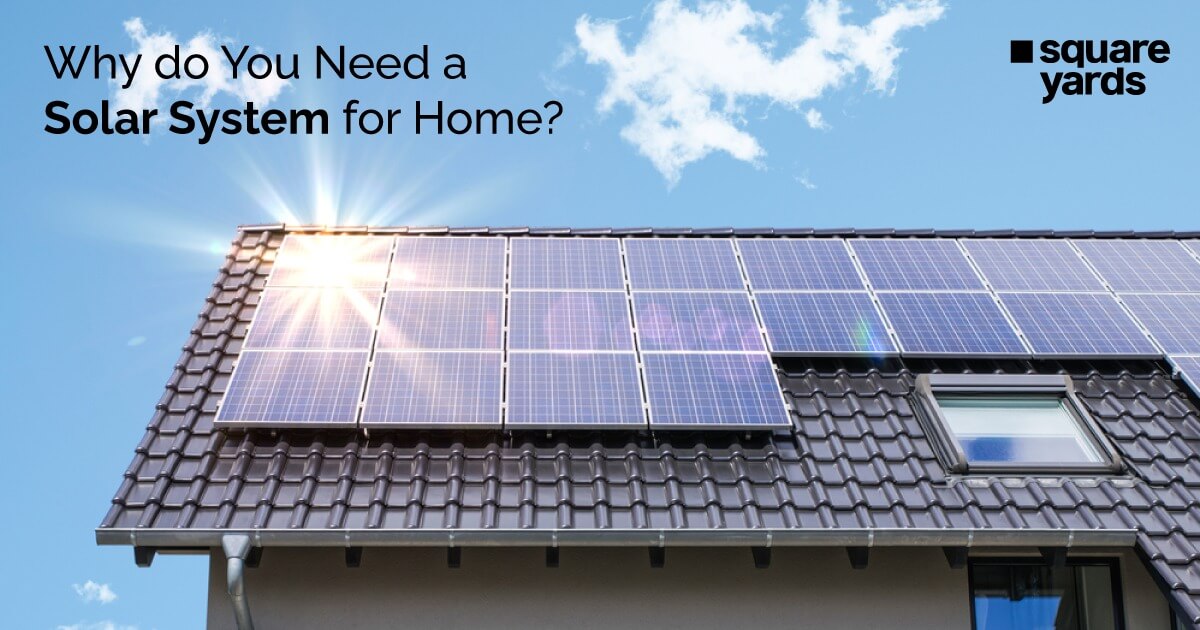There are several PM rural housing schemes implemented by the Indian Government in order to provide the best accommodation to the country’s population. They have established several schemes like Pradhan Mantri Awas Yojana with a vision that by the end of 2022 they will provide a home to everyone.
Further, the Indian government created the Rural Housing Interest Subsidy Scheme 2023. This scheme will help in easily accessing loans for all citizens who were not eligible for Pradhan Mantri Awas Yojana.
Let’s know more about the Rural Housing Scheme in 2023.
Table of contents
What Are Rural Housing Schemes?
Rural Housing Schemes are government-supported initiatives to provide financial assistance to people living in rural areas to purchase or build a home. These schemes are designed to improve living standards in rural areas and to provide people with a safe and secure environment in which to live.
They may provide direct loans, grants, or subsidies to help people purchase a home or help with construction costs. These are also known as PM Rural Housing Schemes. These often include incentives such as reduced interest rates or tax deductions for people who purchase a home in rural areas.
Key Highlights Of the Rural Housing Interest Subsidy Scheme
Read the below-mentioned housing scheme for rural areas across India:
- The Rural Housing Interest Subsidy Scheme provides financial assistance to rural people in the form of subsidies on the interest rate of home loans taken by them from banks and other financial institutions.
- The subsidy is available for a period of three years from the date of sanction of the loan.
- The maximum loan amount eligible for this subsidy is up to Rs. 2 lakhs. However, if the amount is less than Rs. 2 lakhs the subsidy will be calculated as per the main loan amount.
- The interest subsidy is available for the rural people belonging to the Economically Weaker Sections (EWS) and Low-Income Groups (LIG).
- The subsidy amount is calculated based on the total outstanding loan amount and the interest rate charged by the lending institution.
- The subsidy amount is credited directly to the bank account of the borrower.
- The scheme is applicable only to individual housing loan borrowers and not to any commercial or business loan.
- The scheme is implemented by the National Housing Bank (NHB) in partnership with public sector banks and other lending institutions.
- The scheme is applicable for households earning up to Rs.6 lakh per annum.
- Under the scheme, the government provides an interest subsidy of up to 3% of the loan amount for a period of 20 years.
- The scheme is applicable to all types of housing loans, including loans for construction, purchase, renovation and repair.
- The scheme is implemented through a network of partner banks and non-banking financial companies (NBFCs).
- The scheme is available to all citizens who are living in rural areas and are eligible for the loan.
Benefits And Features of the Rural Housing Scheme
You can read the benefits and features of a housing scheme for rural areas.
Affordable Housing
The Rural Housing Scheme provides rural communities with affordable housing options that are designed to meet their needs. This helps to ensure that rural communities can access the housing they need without having to pay exorbitant prices.
Home Ownership
The PM Rural Housing Scheme encourages home ownership, which is beneficial for rural communities as it helps to create wealth and stability.
Flexible Options
The Rural Housing Scheme provides flexible options that allow rural communities to choose the type of housing they need. This includes different types of housing, such as starter homes, retirement homes, and other housing types.
Energy Efficiency
The Rural Housing Scheme encourages the use of energy-efficient housing designs and materials. This helps to reduce energy costs and promote sustainability.
Community Investment
The PM Rural Housing Scheme helps promote community investment through grants and subsidies. This helps to stimulate local economies and create jobs.
Home Improvements
Homeowners can access grants to help with repairs and upgrades to their property, making it easier to keep it in good condition.
Financial Incentives
Depending on the region, there may be financial incentives available, such as tax relief or reduced interest rates on mortgages.
Community Development
The scheme can help to develop the local community by providing employment opportunities and encouraging investment in the area.
Sustainable Living
The scheme encourages sustainable living, with homes that are energy efficient and have low carbon footprints
Don’t miss It!
| Government Scheme | All About Govt. Schemes India |
Rural Housing Schemes & Programs in India
You can check the different PM Rural Housing Scheme programmes in India in the table below:
| Scheme/Program | Description |
| Pradhan Mantri Awas Yojana | The main vision is to provide housing for all. This rural housing scheme will provide financial assistance for the building of houses in rural areas and offer interest sponsorships on housing loans. |
| Indira Awaas Yojana | The mission is to provide housing to the rural poor people belonging to minor communities like SC (scheduled castes), ST (scheduled tribes), freed bonded labourers, denotified tribes, and other BPL (below poverty line) families. |
| Gramin Awaas Mission | The intent of the scheme is to provide a house with basic amenities to all rural households. |
| Deen Dayal Upadhyaya Gram Jyoti Yojana | This scheme will focus on providing a continuous power supply to rural areas. It will provide access to electricity for all households and farms. |
| Pradhan Mantri Gram Sadak Yojana | To make the connectivity of the roads in rural areas across the country better. |
| State-run Housing Schemes | These state-run housing schemes are designed to provide affordable homes for all people who are not able to afford them otherwise. These schemes also target specific communities. |
Indira Awas Yojana (IAY)
The Indira Awas Yojana (IAY) is a social welfare program launched by the Government of India in 1985. It is a targeted poverty alleviation program that seeks to provide housing for rural households living below the poverty line (BPL).
The program aims to construct pucca houses for the rural poor, with special emphasis on families headed by widows and the disabled. The government provides financial assistance for the construction of these houses.
The program is implemented by the Ministry of Rural Development and is funded in part by the World Bank, with the Government of India providing the remaining funds. The IAY is implemented through the Gram Panchayats (GPs) and is monitored at the district, state, and national levels.
Over two crore (20 million) houses have been constructed since its inception, with the majority of these houses having been provided to the scheduled castes and scheduled tribes. The IAY has made a significant contribution to the eradication of poverty in rural areas and has been credited with playing a major role in the reduction of rural-urban migration.
State-Run Housing Schemes
State-run housing schemes are designed to provide affordable homes for people who cannot otherwise afford them. These schemes are often targeted at specific groups, such as first-time buyers, key workers, or people who are struggling to keep up with their mortgage payments.
State-run housing schemes usually involve some combination of subsidies and/or loans from the government, as well as other incentives. The goal of these schemes is to increase access to affordable housing and help people get on the housing ladder.
State-run housing schemes typically involve either direct government subsidies or tax incentives to encourage the construction and purchase of housing. In the case of direct subsidies, the government will provide financial assistance to those who are unable to purchase a home outright. These subsidies are often provided in the form of grants or low-interest loans.
Tax incentives are another way in which state-run housing schemes can be implemented. These incentives typically involve reduced taxes on certain housing-related activities, such as the purchase of a home, or the construction of new homes. These incentives are designed to reduce the cost of housing for those who are able to purchase a home, or to encourage the construction of more homes to address any housing shortages in a particular area.
FAQ’s about Rural Housing Scheme
Q1. What are the housing schemes in India?
Some of the rural housing schemes in India are Pradhan Mantri Awas Yojana, Pradhan Mantri Gramin Awas Yojana, Rajiv Gandhi Awas Yojana Housing Scheme, Delhi Development Authority Housing Scheme, and many more.
Q2. Who is eligible for the rural housing scheme?
The eligibility criteria are that the person should be an Indian resident, 21 years of age or older, and the household earnings must be up to Rs. 6 lakh per annum or above. Agriculturalists, entrepreneurs, self-employed, salaried, and professional workers are also eligible.
Q3. How can I get into a rural housing scheme?
If you meet the eligibility criteria, you can become a part of the rural housing scheme.


